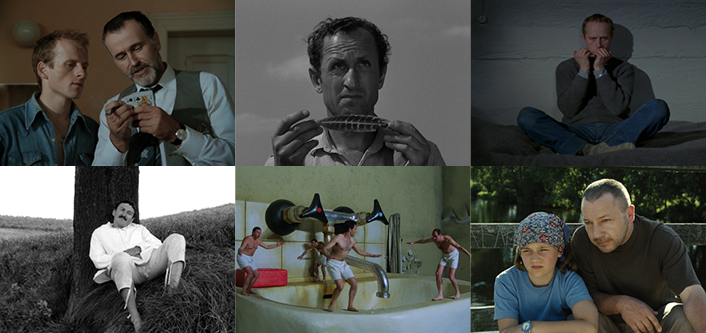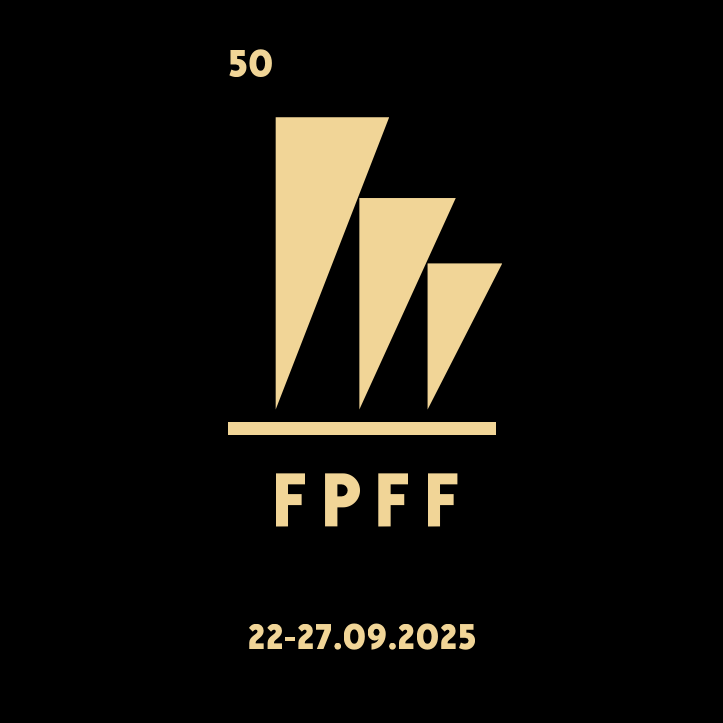Films of the Pure Classics section of the 39. Gdynia Film Festival

Pure Classics, a permanent section of the Gdynia Film Festival, is devoted to the digitally reconstructed works of the Polish cinematography. Each year, the KPD company (a partner of the 39. GFF) together with Cyfrowe Repozytorium Filmowe (Digital Movie Repository) (a partner of the Pure Classics section during the 39. GFF), within the KinoRP project, digitally reconstructs several dozen of Polish films. The section was initiated in 2008 with a screening of the film “Pociąg” by Jerzy Kawalerowicz but the interest that it aroused among the Festival public confirmed the organizers in the conviction that in 2011, individual premieres should be replaced with screenings of a larger amount of films.
Pure Classics of the 39. Gdynia Film Festival involve six digitally reconstructed films. Among them, there is a special event of the Festival – a premiere screening of one of the most popular Polish thriller comedies, “Wielki Szu” (1982) by Sylwester Chęciński, the prizewinner of the Platinum Lions of the 39. GFF. The viewers of the Festival will also see three outstanding films by Witold Leszczyński: the debut of the director, maintained in the convention of a poetic parable (“Żywot Mateusza”, 1967), as well as his great adaptations of the prose of Edward Redliński (“Konopielka”, 1981) and Edward Stachura (“Siekierezada”, 1985). The section will be supplemented with premiere screenings of the famous “Kingsajz” (1987) by Juliusz Machulski and of “Zmruż oczy” (2003) by Andrzej Jakimowski – another, after “Nie ma róży bez ognia”, “Panny z Wilka” and “Człowiek z marmuru”, masterpiece of the Polish cinema, with the patronage of PKO Bank Polski, digitally reconstructed within the KinoRP project.
“Selecting films to the Pure Classics section was a great pleasure,” says the Artistic Director of the Festival, Michał Oleszczyk. “I am a cinema lover and I have been following the world and Polish market of digital reconstructions. Each reconstruction of an outstanding film is a feast to me and constitutes a perfect opportunity for watching it anew. This year, we will see several legendary, memorable images of the Polish cinema (such as the magical lake in which swims the protagonist of the “Żywot Mateusza”; the lace-trimmed Drawland from “Kingsajz”; or the former, desolate state-owned farm “PGR” from “Zmruż oczy”) in a brand new quality. The classics of the cinema get a new life and I am already looking forward to other digitally reconstructed Polish films”.
Captions under the photographs:
Wielki Szu directed by Sylwester Chęciński, 1982, ©SF KADR
Żywot Mateusza directed by Witold Leszczyński, 1967, SF ZEBRA
Siekierezada directed by Witold Leszczyński, 1985, SF ZEBRA
Konopielka directed by. Witold Leszczyński, 1981, SF ZEBRA
Kingsajz directed by Juliusz Machulski, 1987, ©SF KADR
Zmruż oczy directed by Andrzej Jakimowski, 2003, phot. ZAiR

